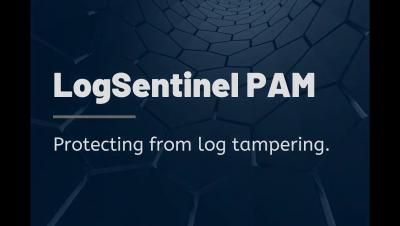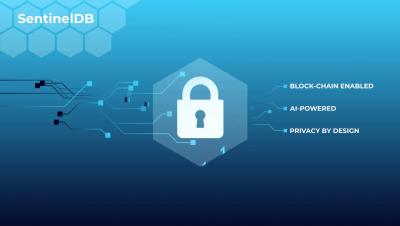Alert Fatigue And Automation Fatigue
Alert fatigue is a well-known phenomenon with security products – the security team gets a lot of alerts (from the SIEM, for example), it tries to triage and act upon all of them, but at some point, they are so many and so few of them are actual threats, that the security team just ignores them. And that leads to both overworked security teams and an increased risk for missing an actual threat. Why is that happening? It’s hard to tweak a system right, no matter how flexible it is.






